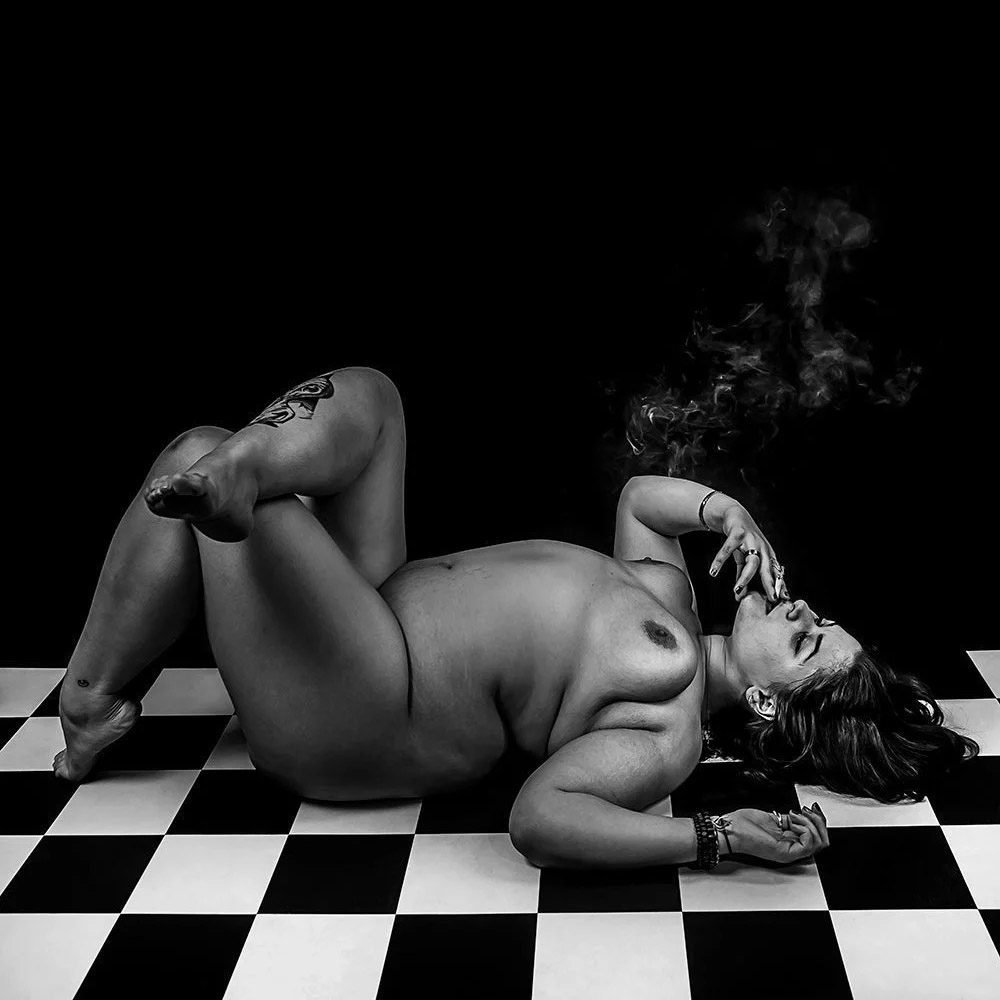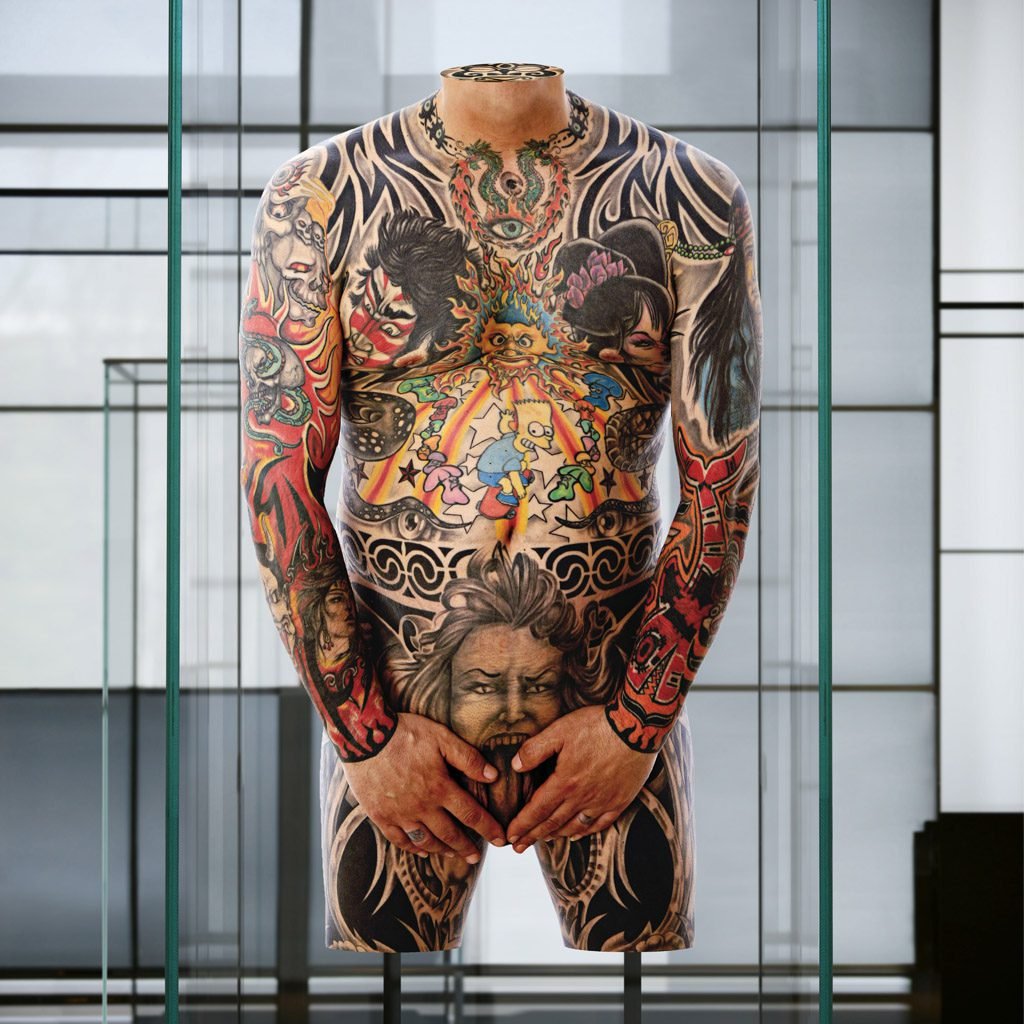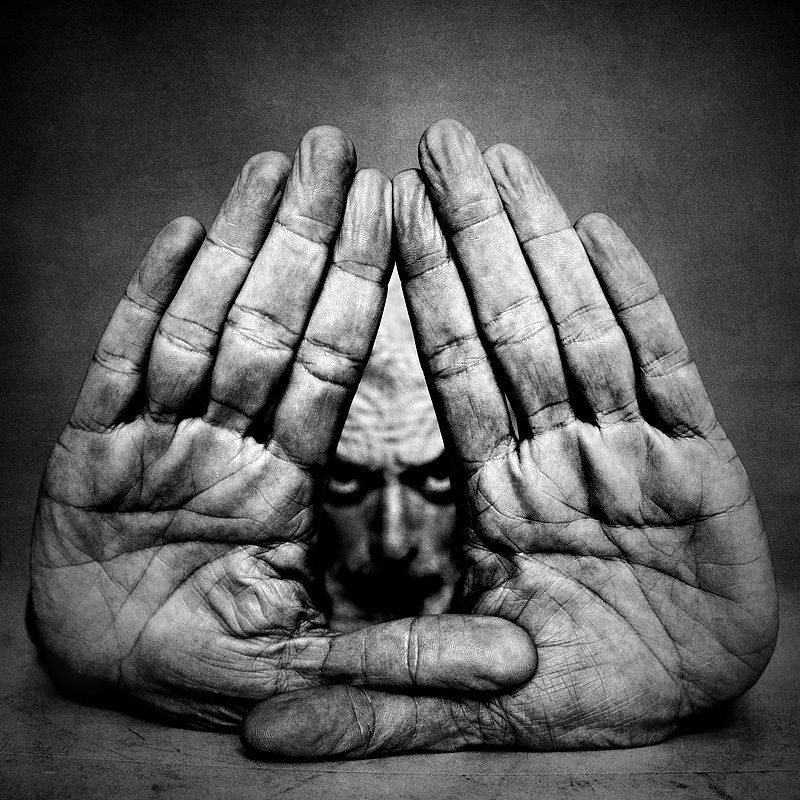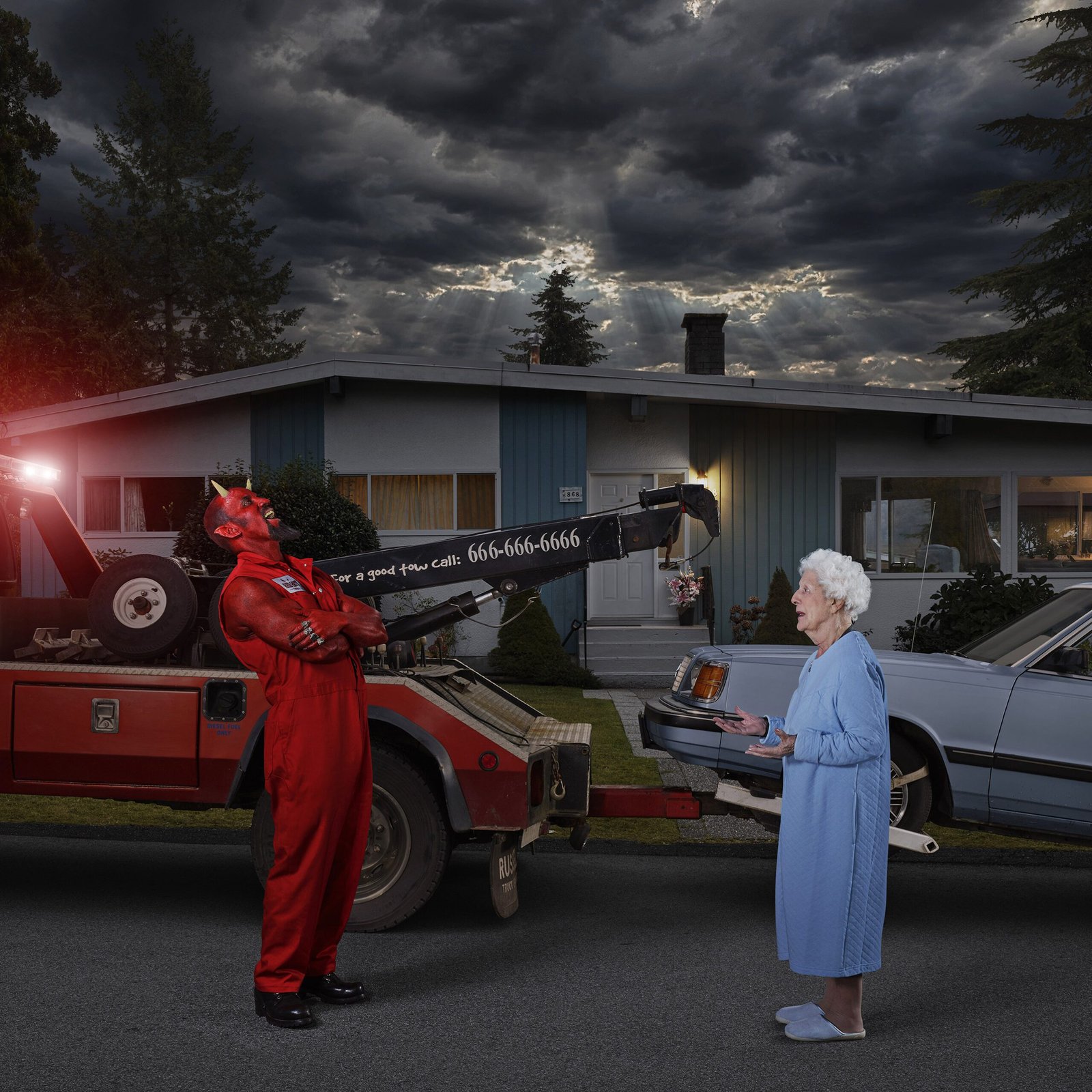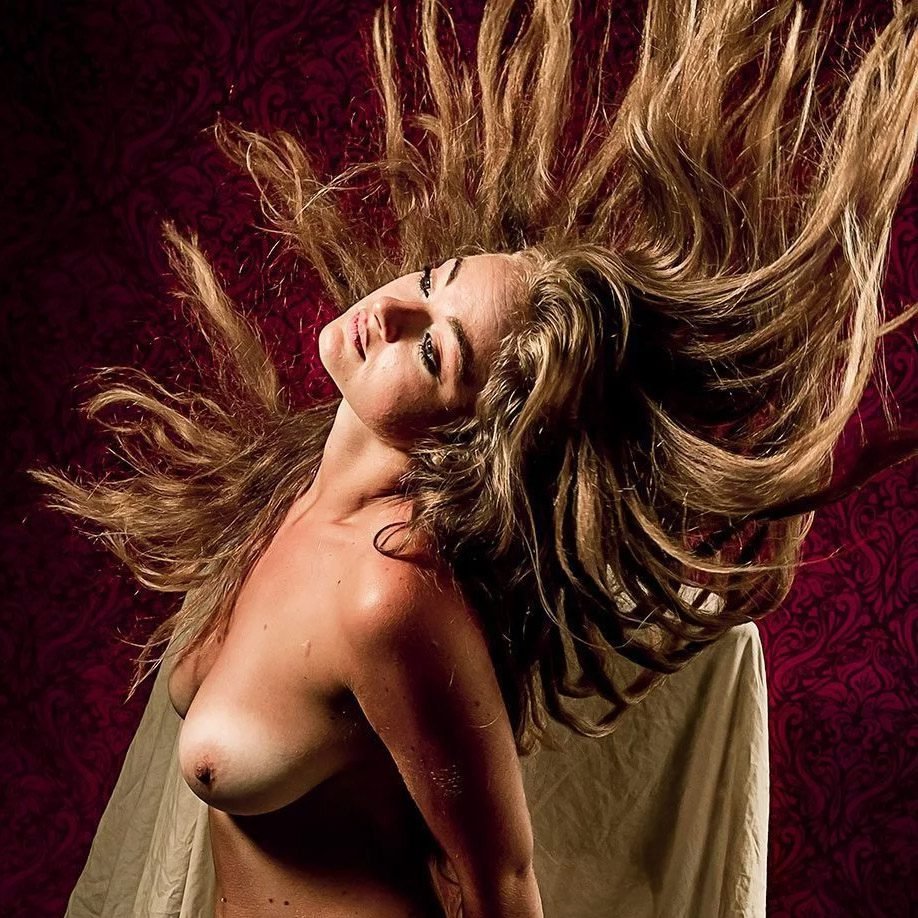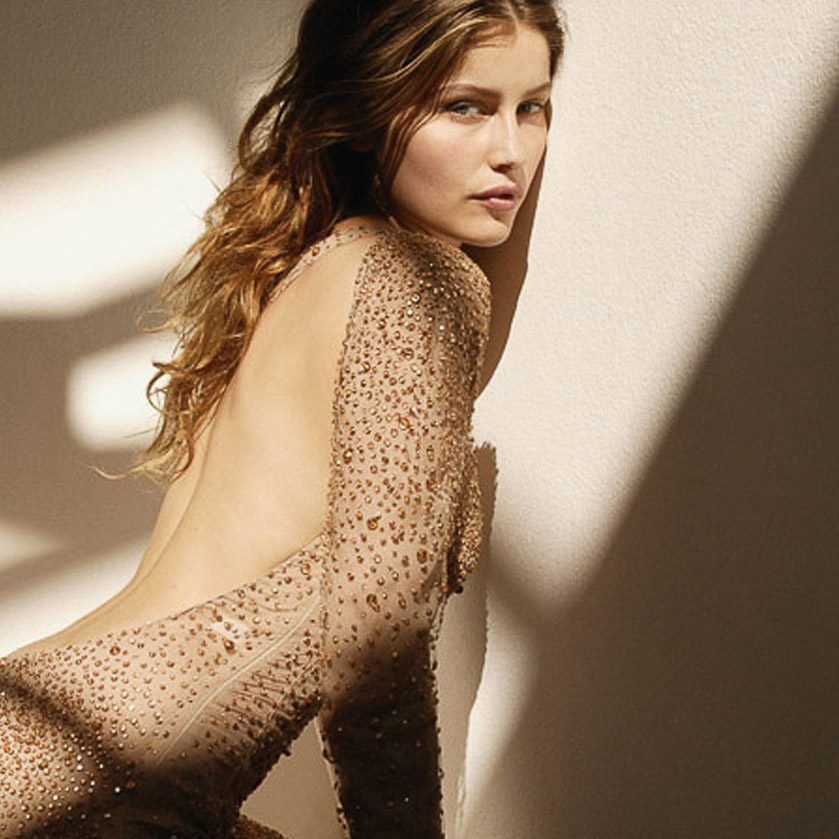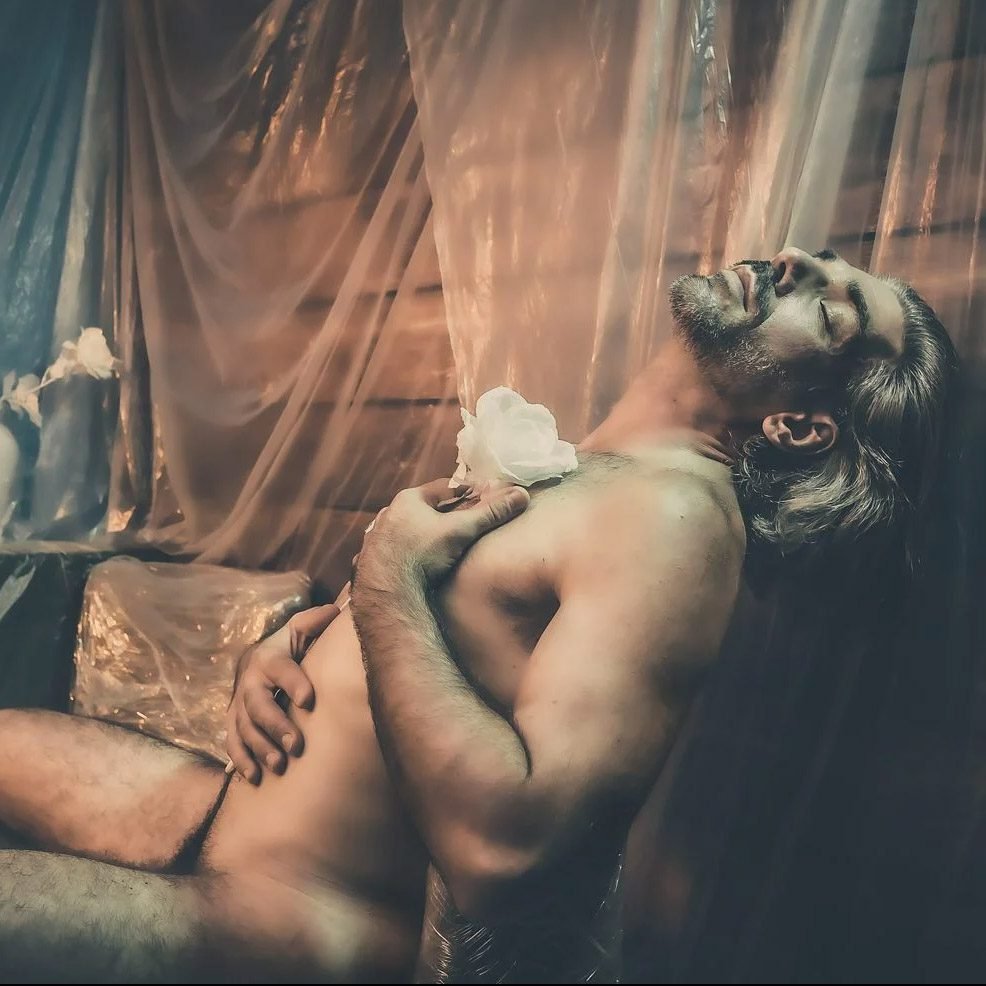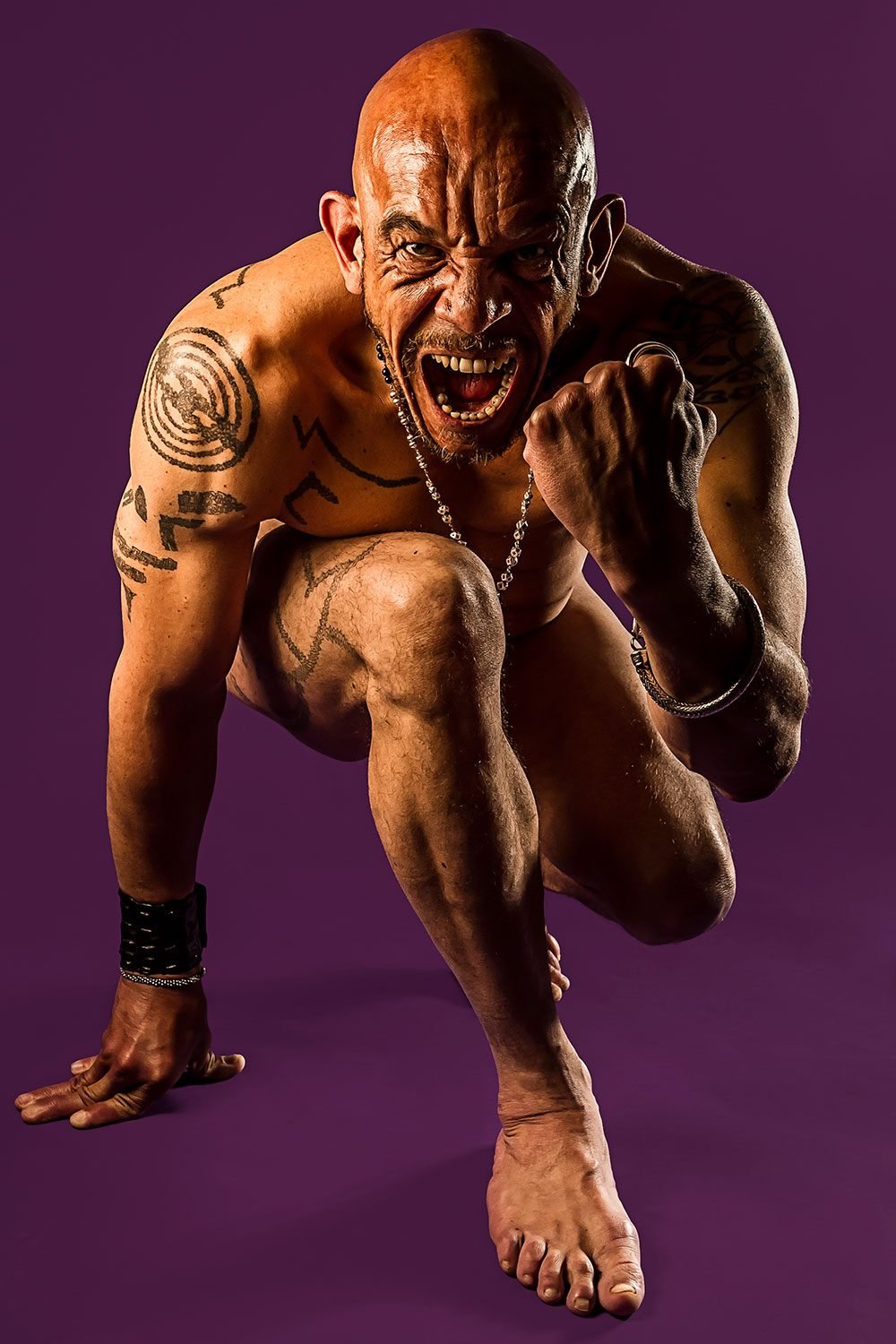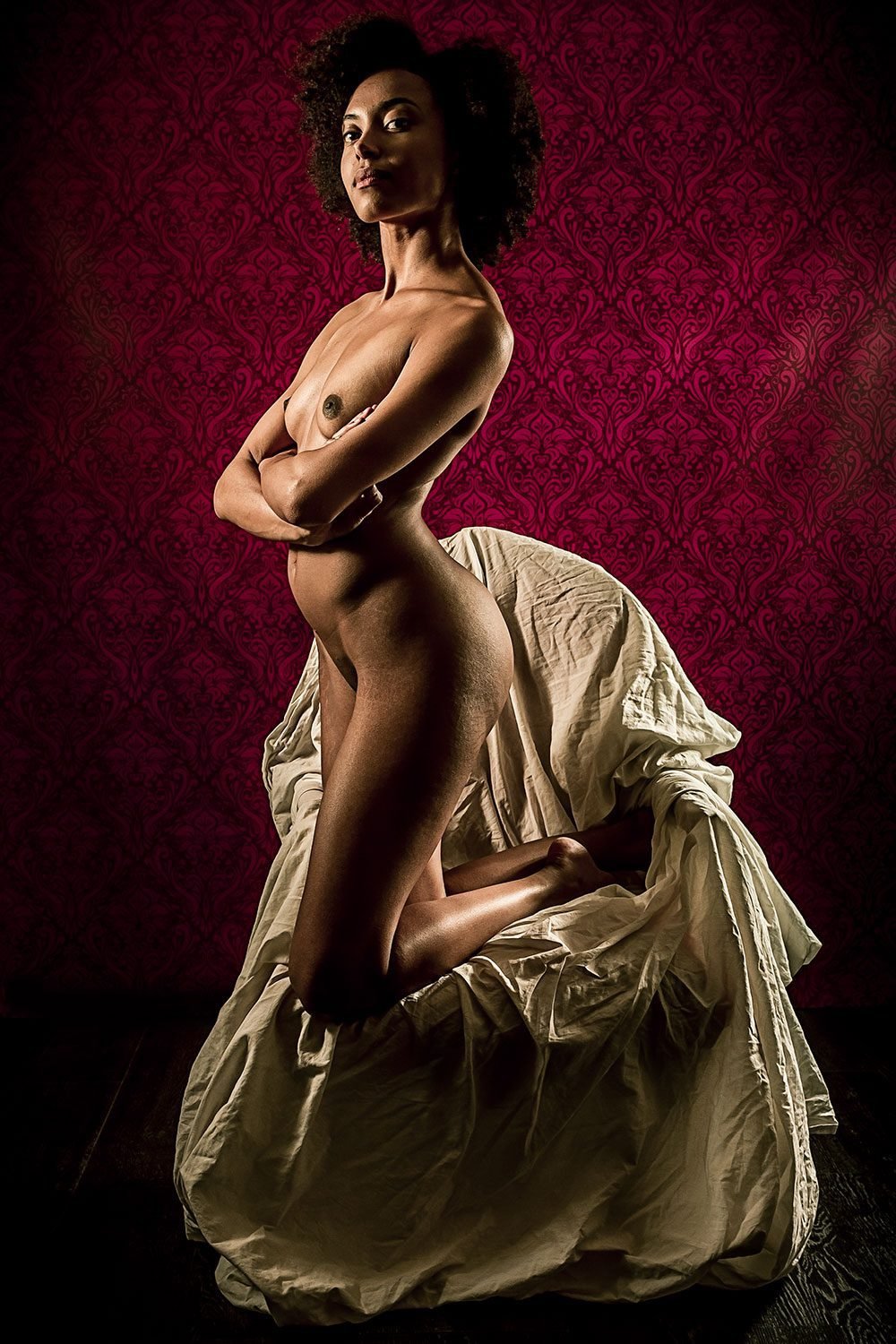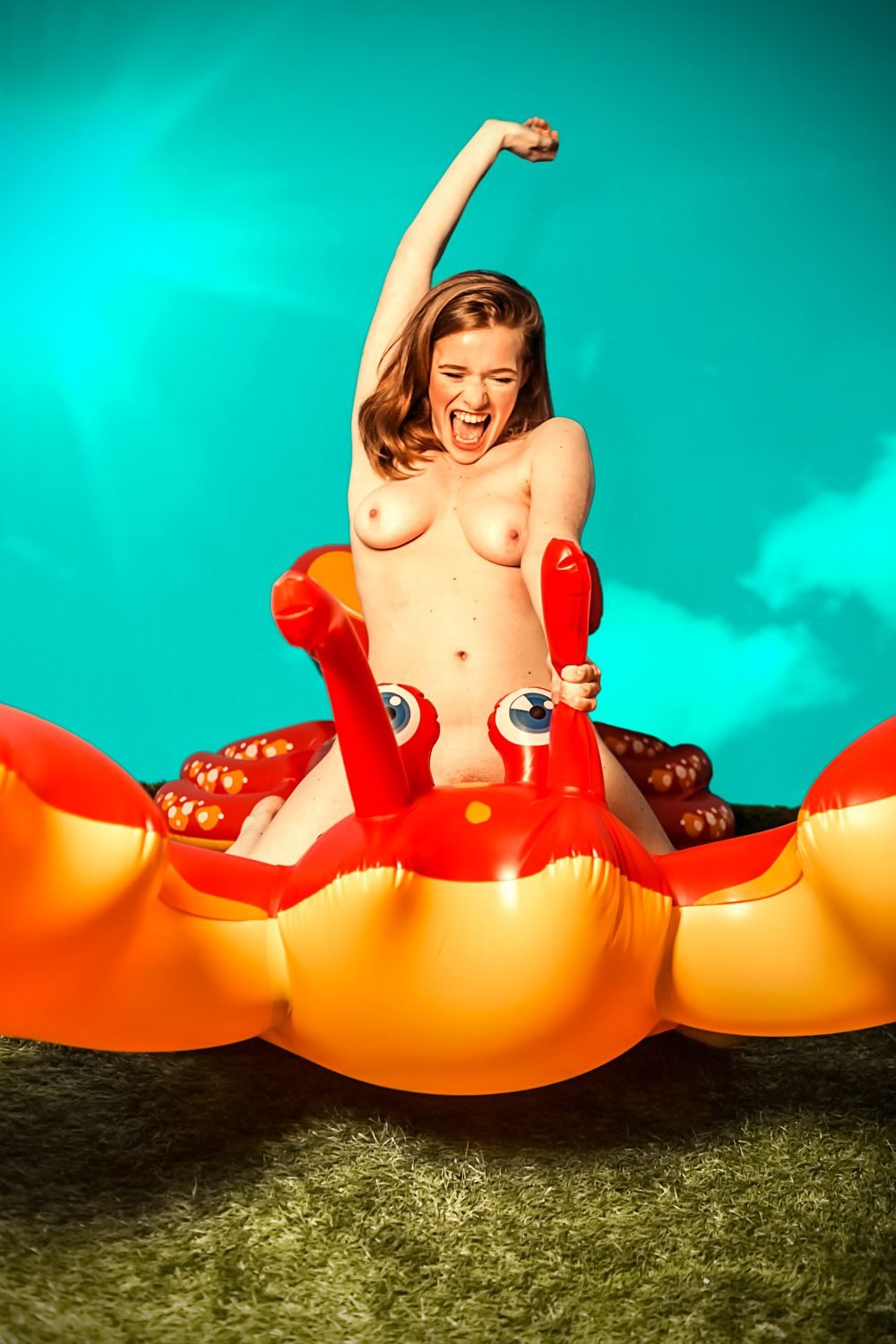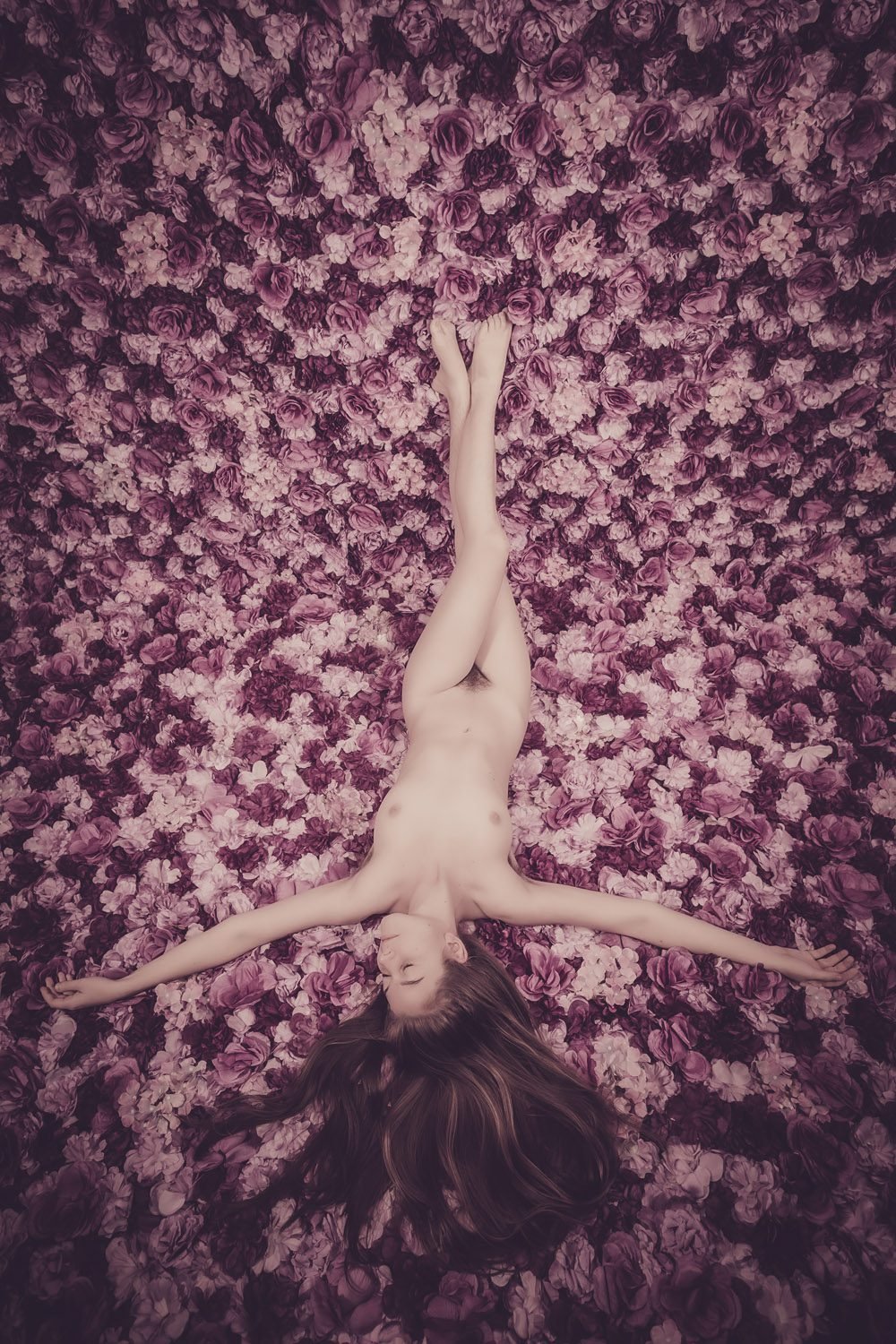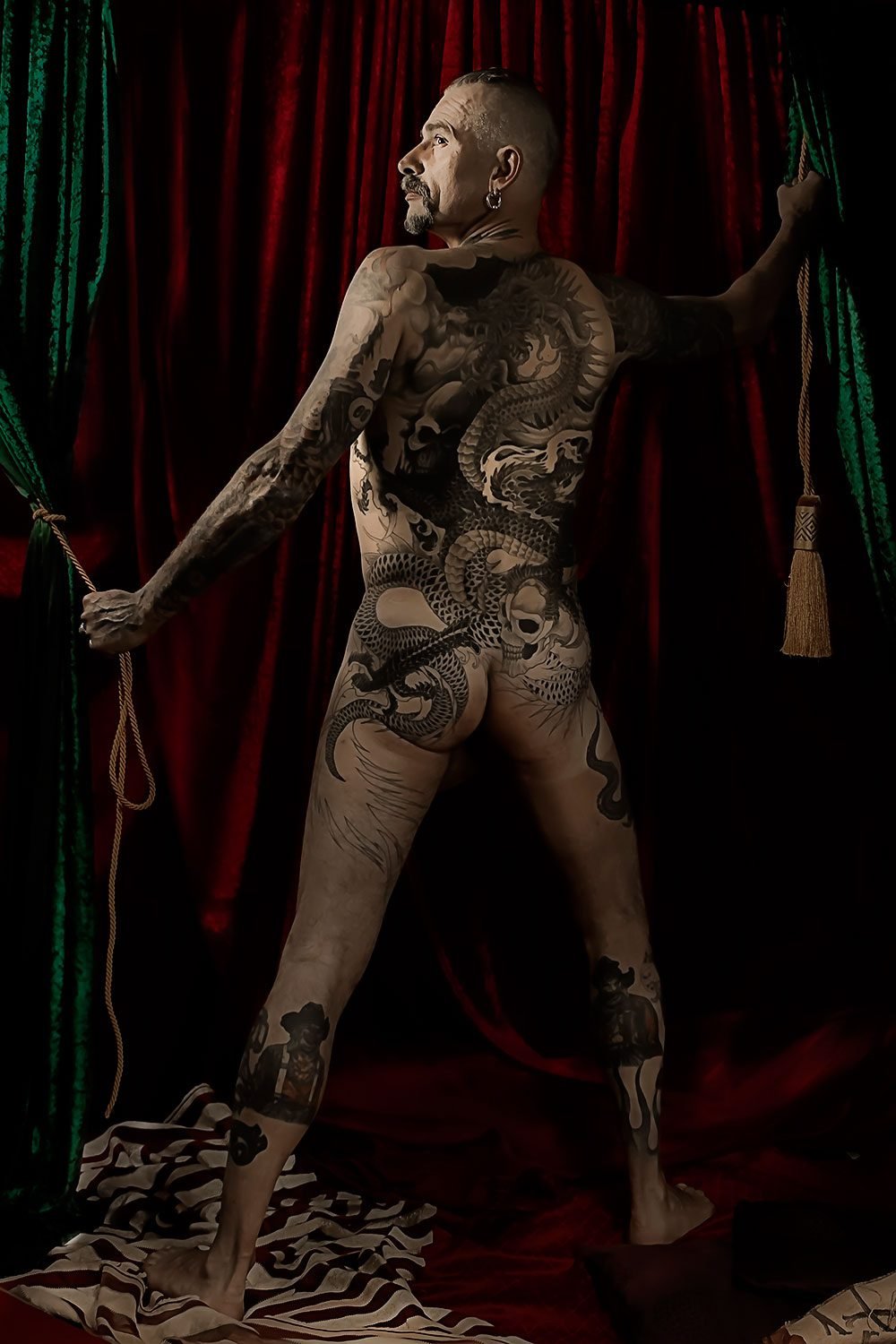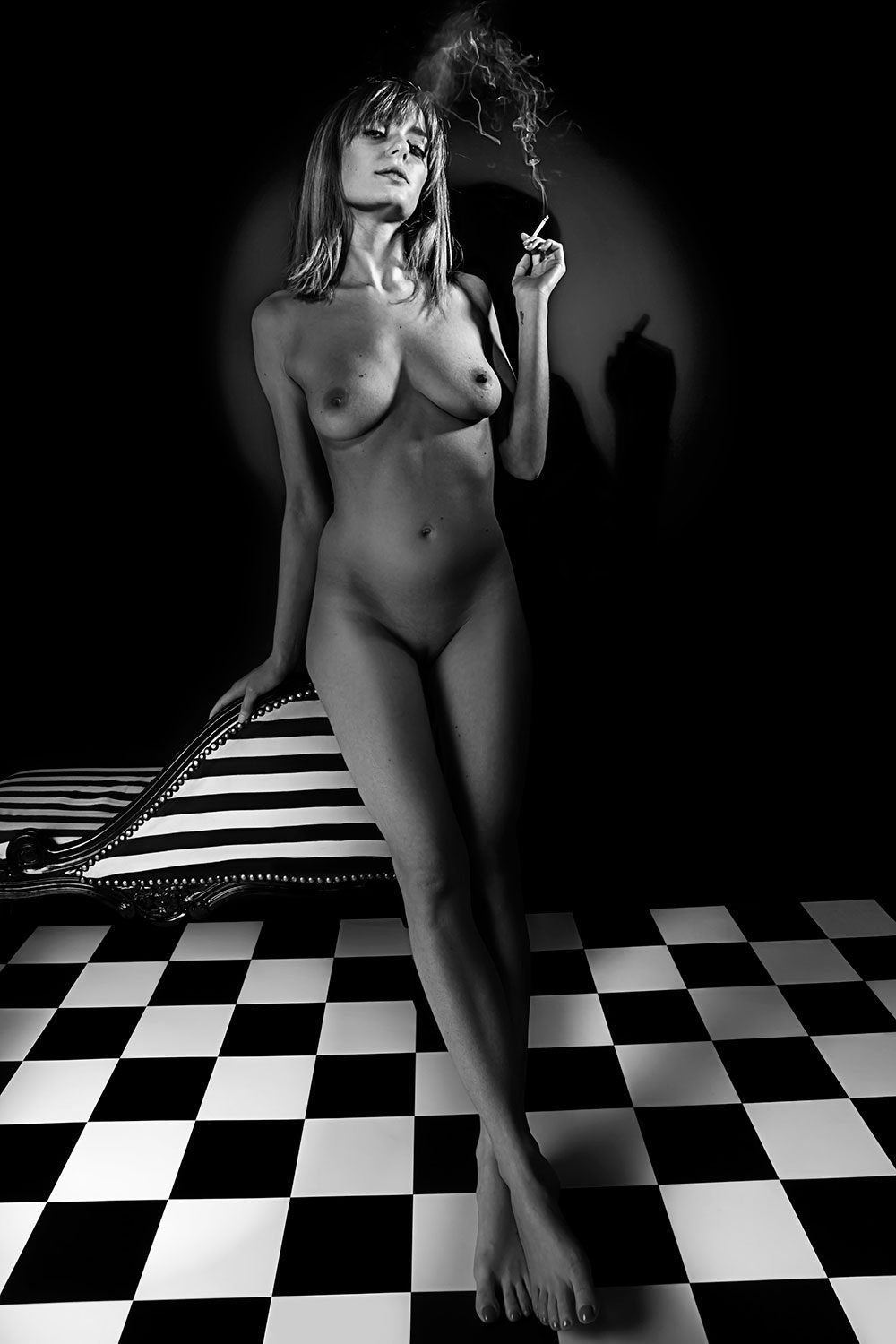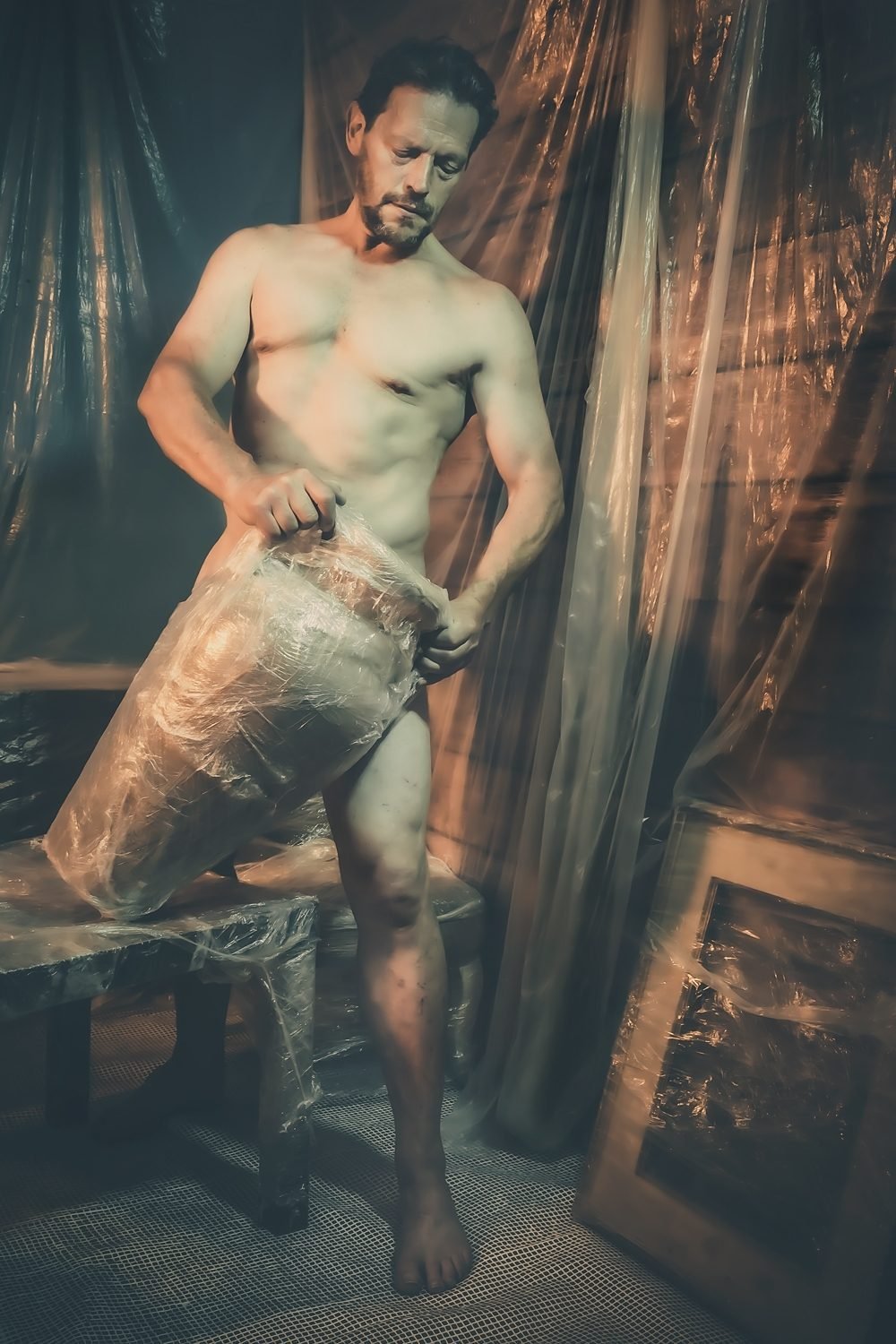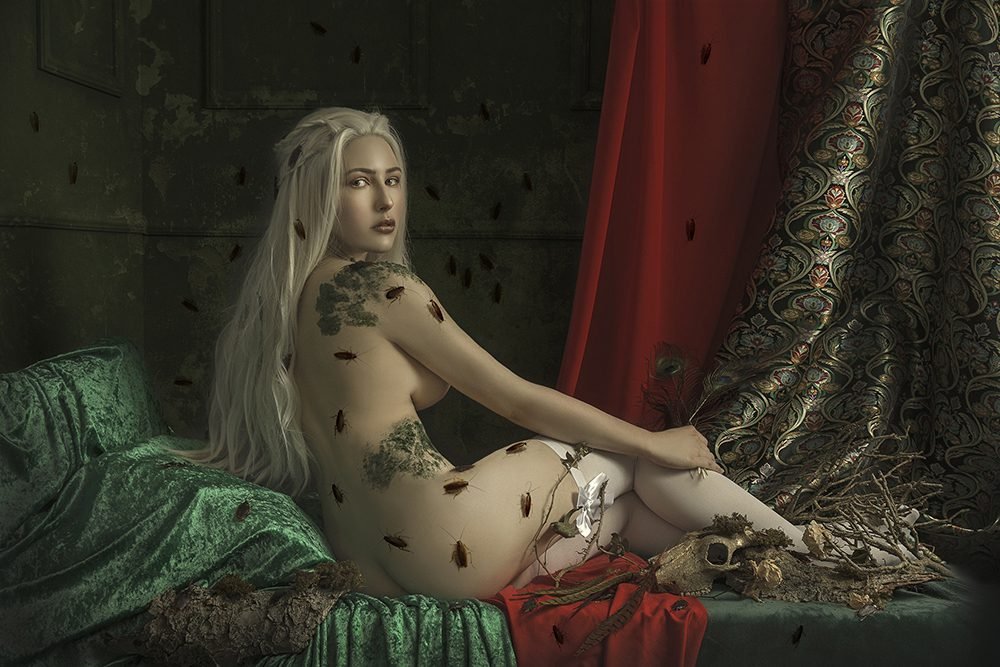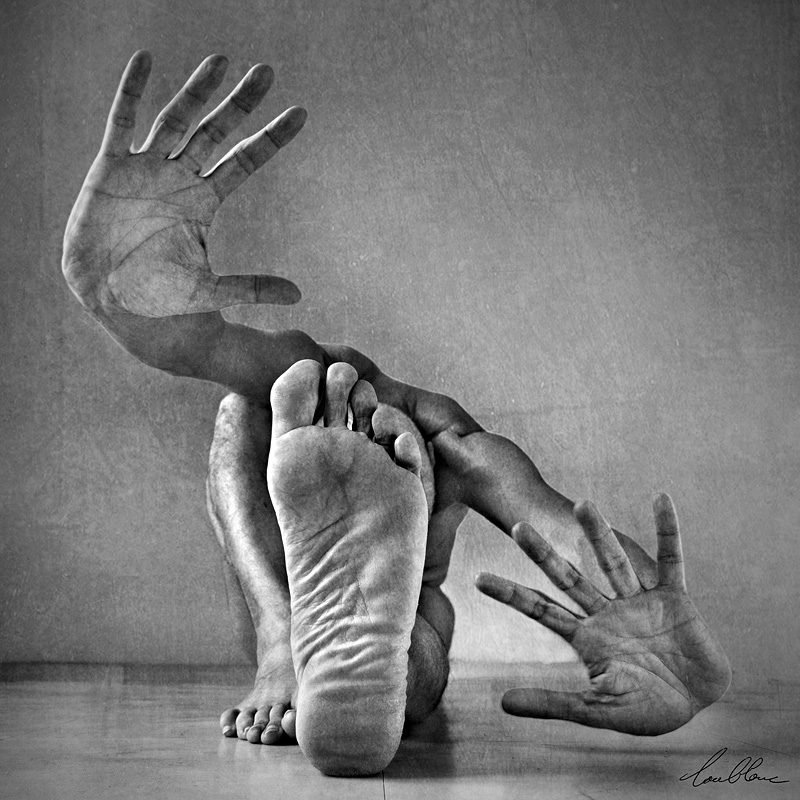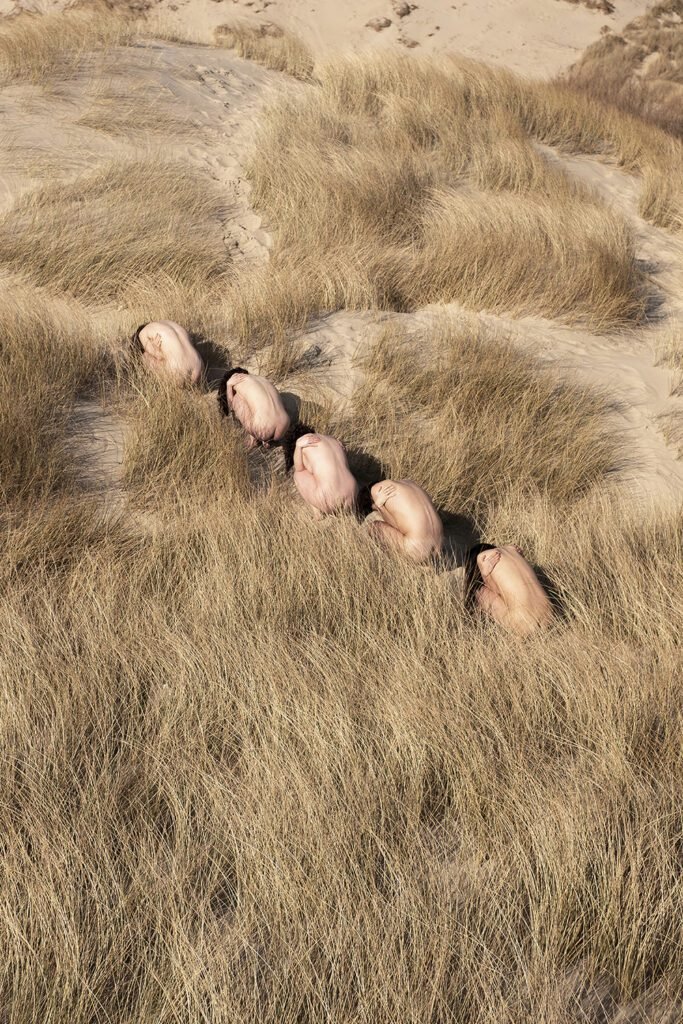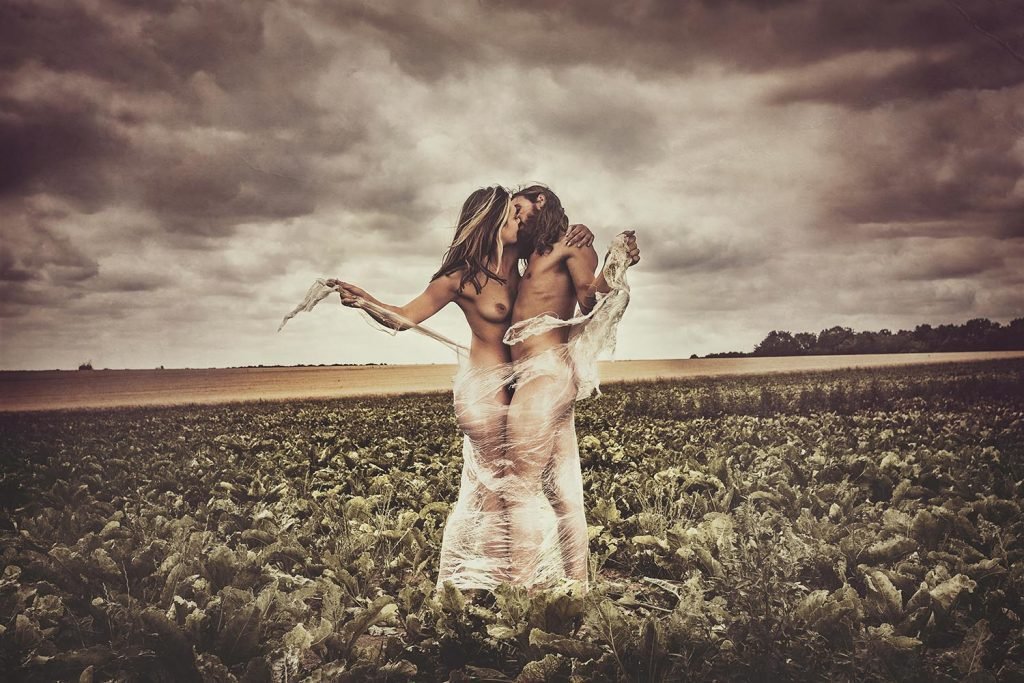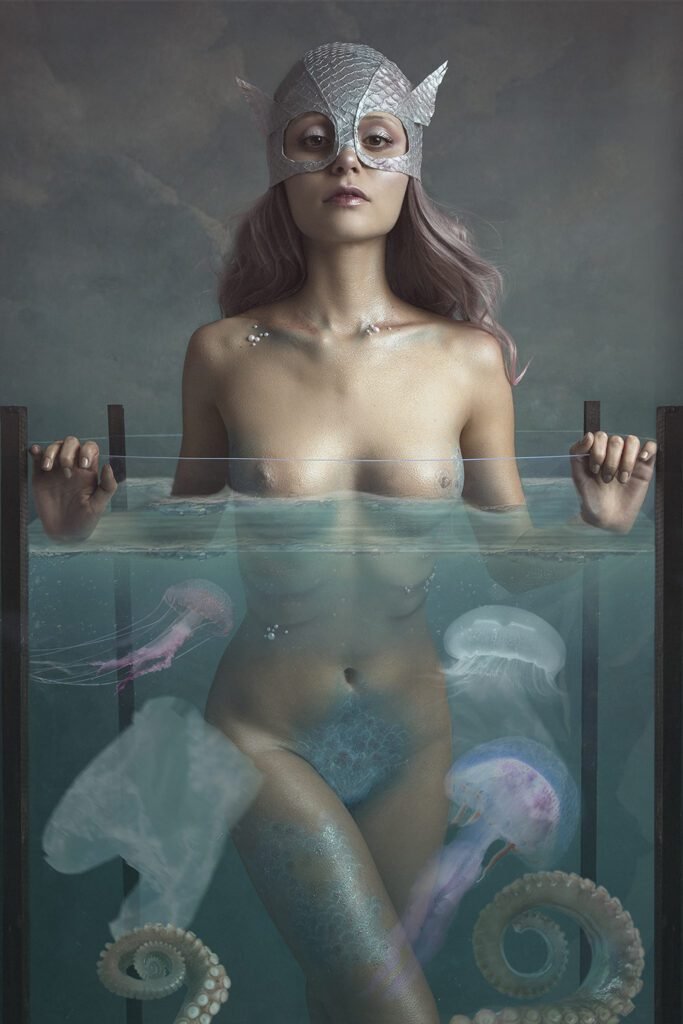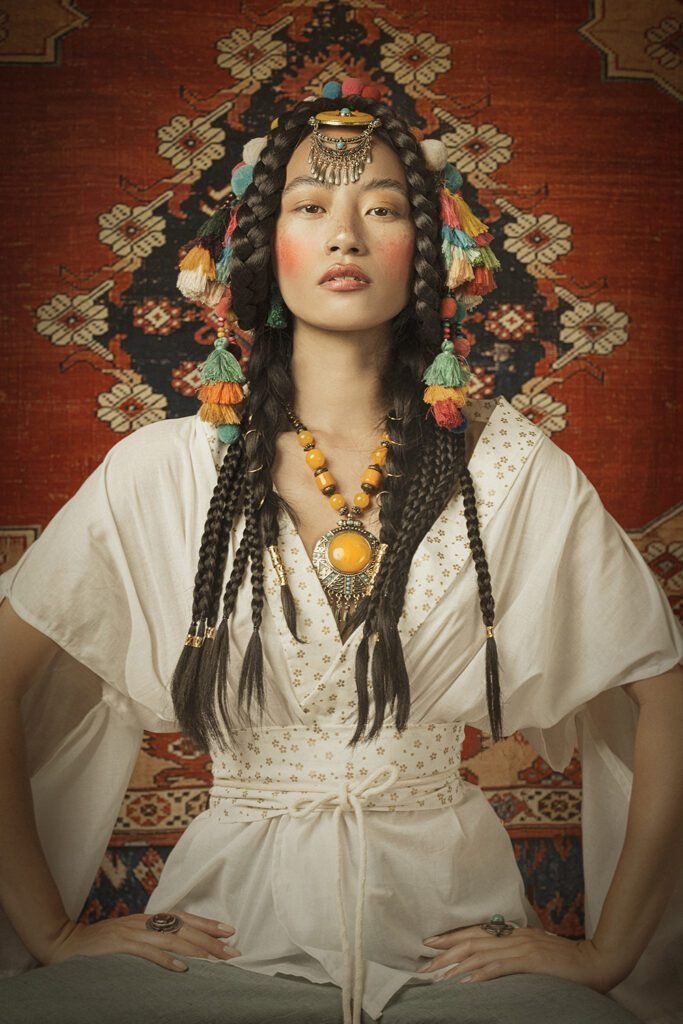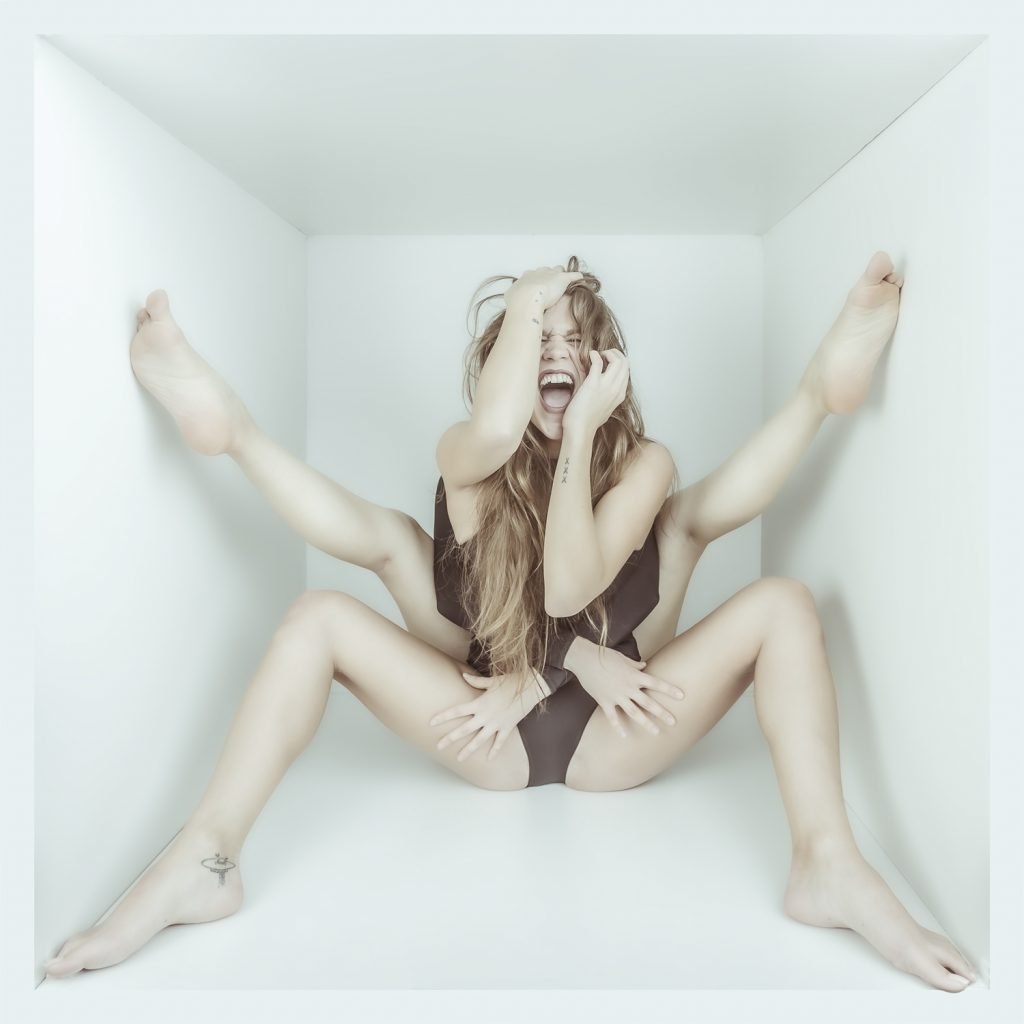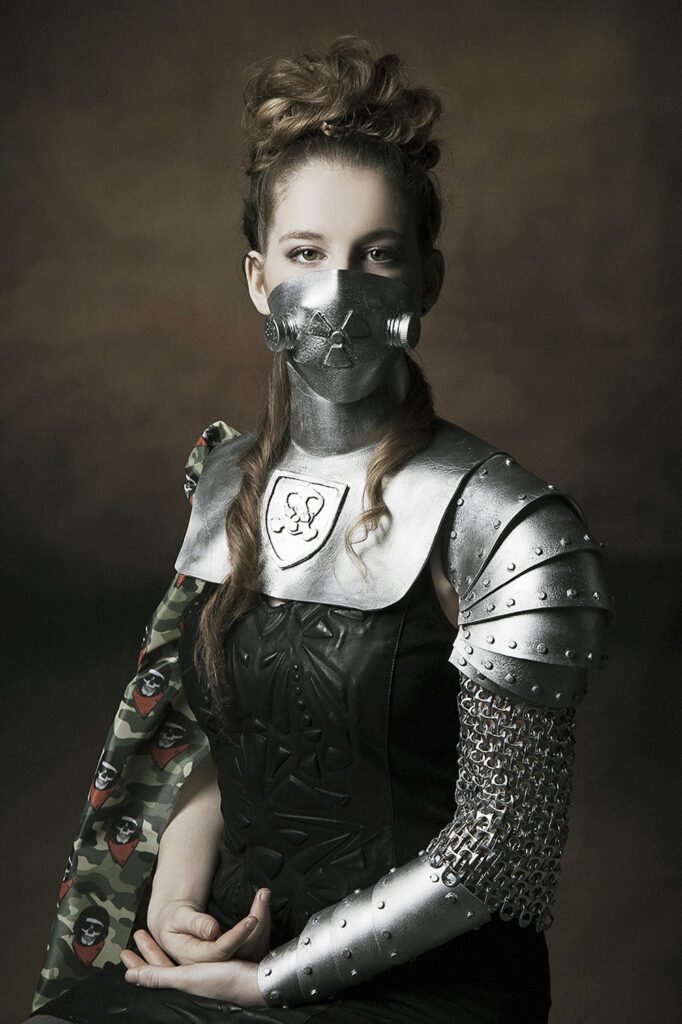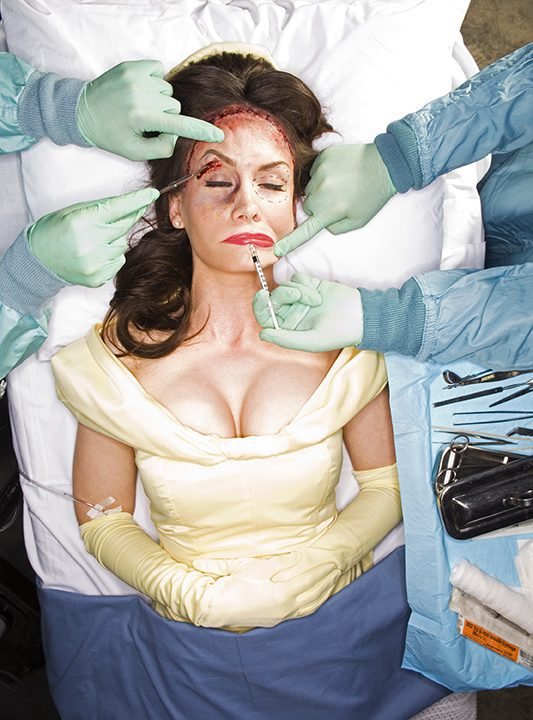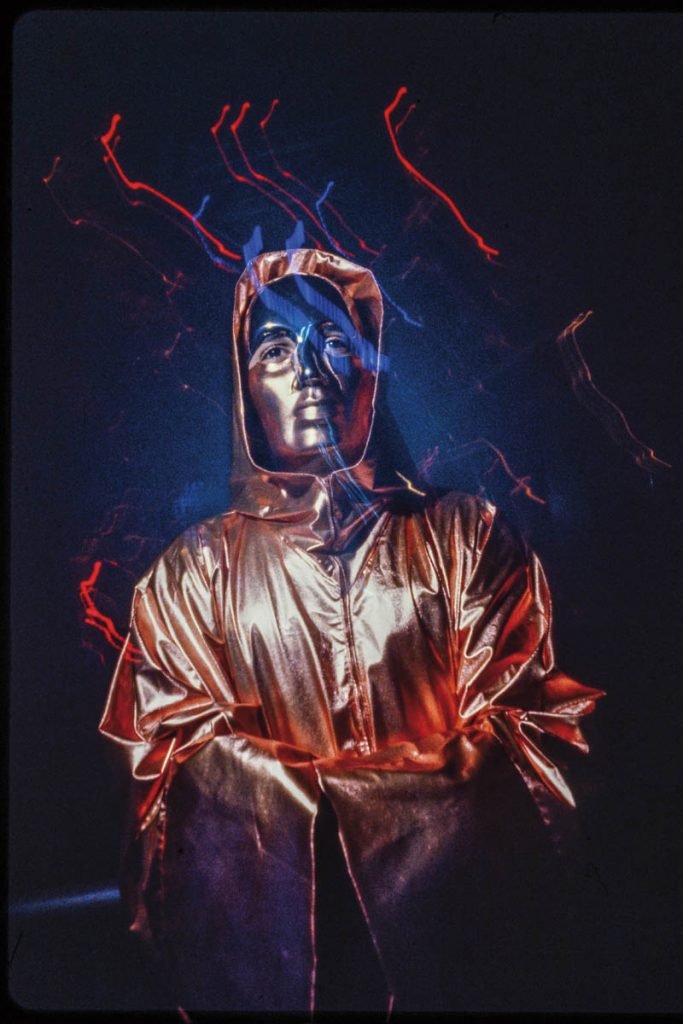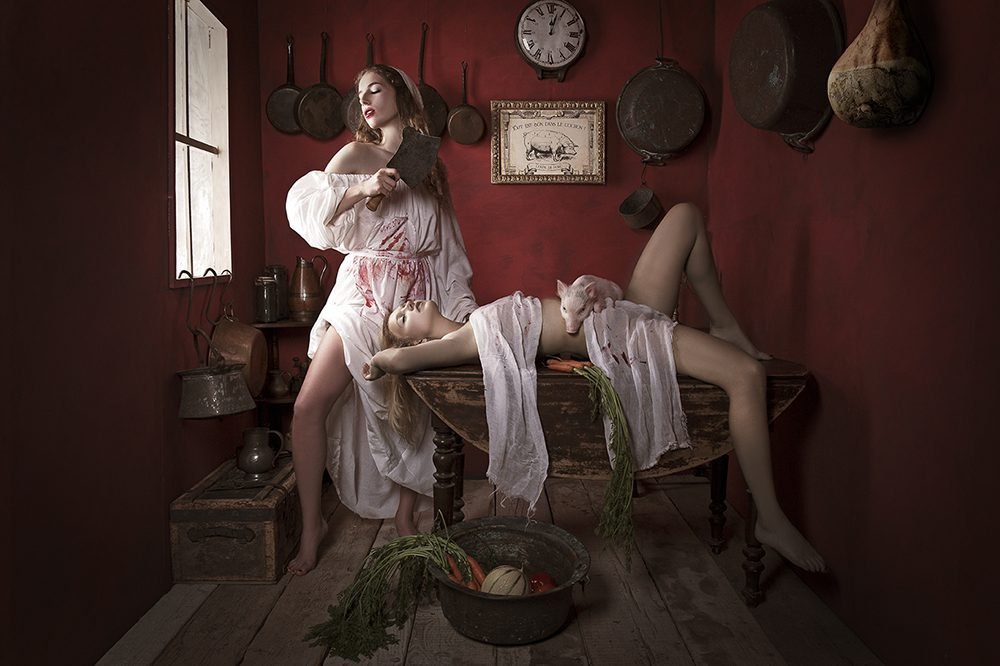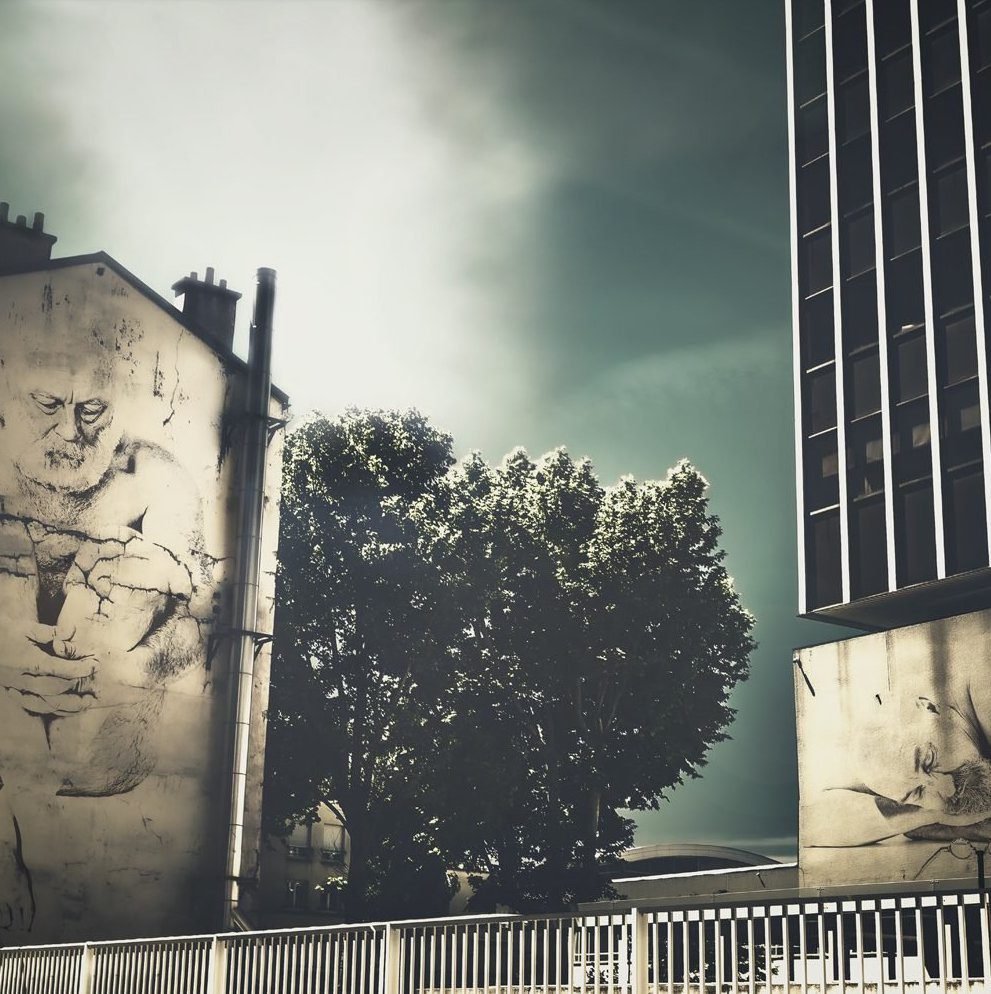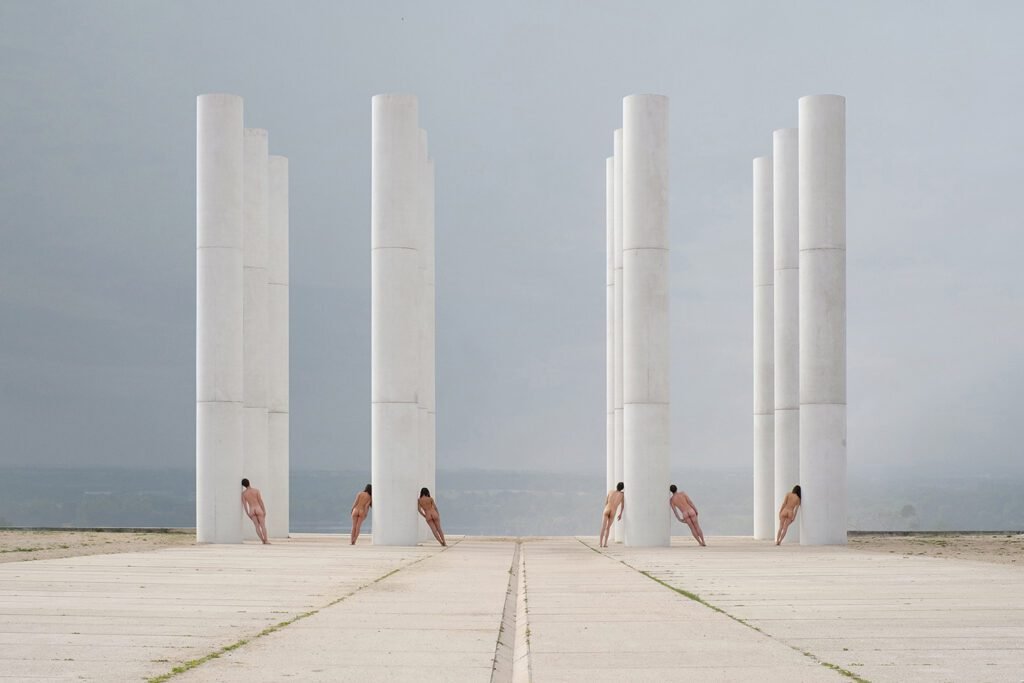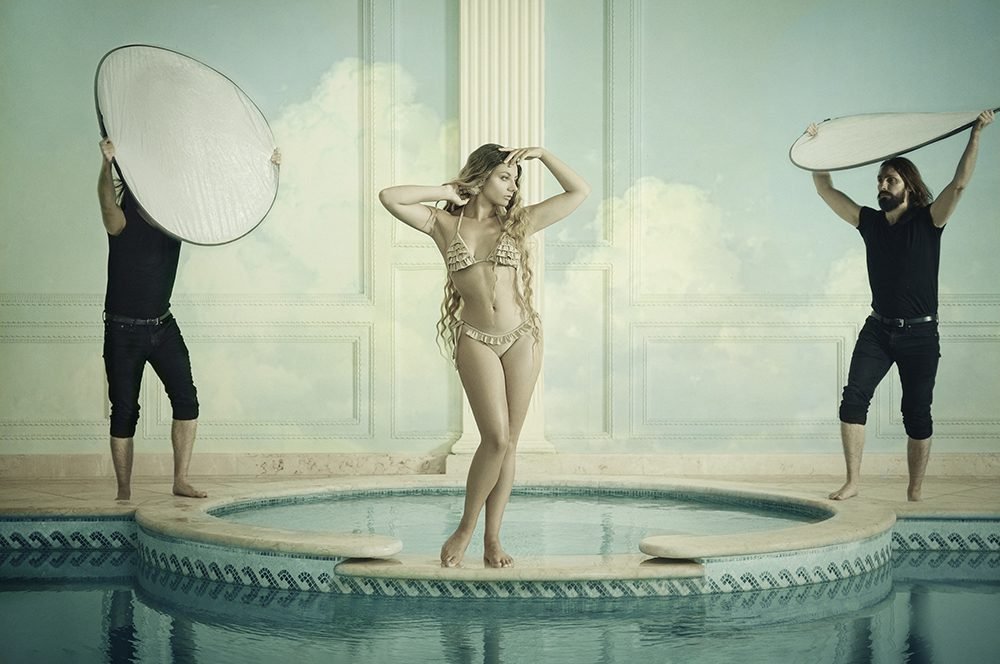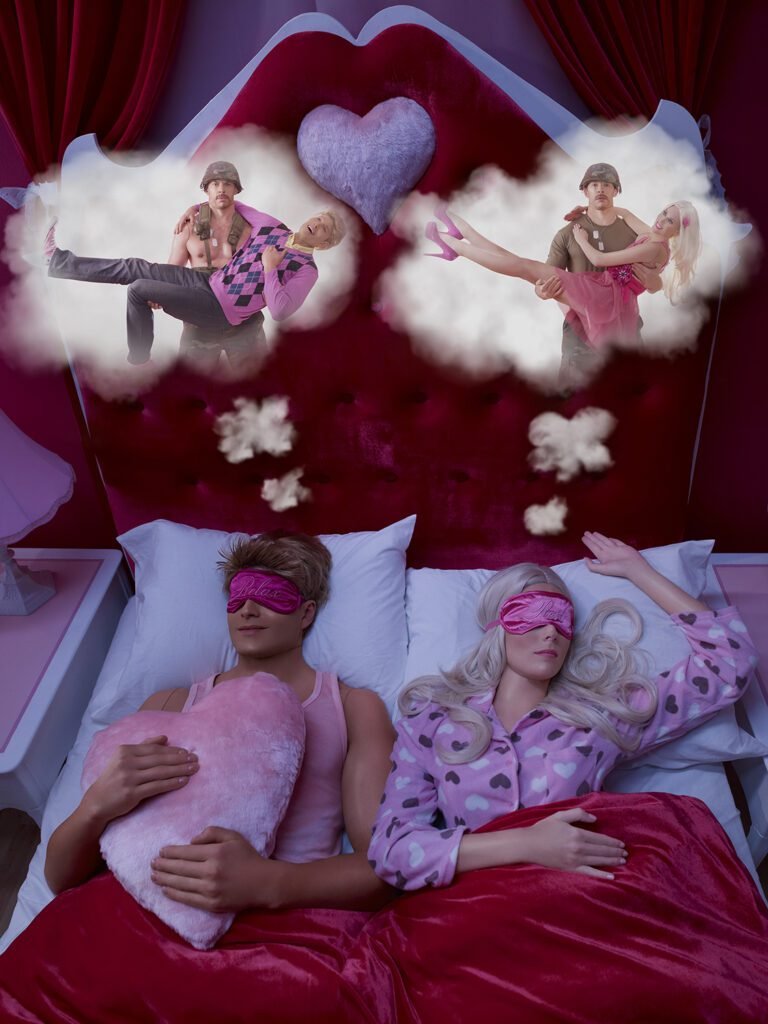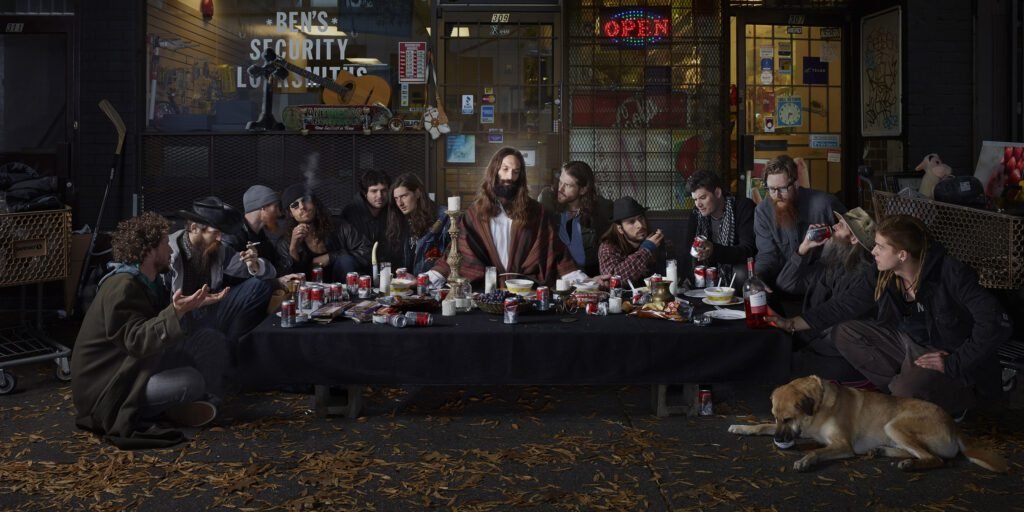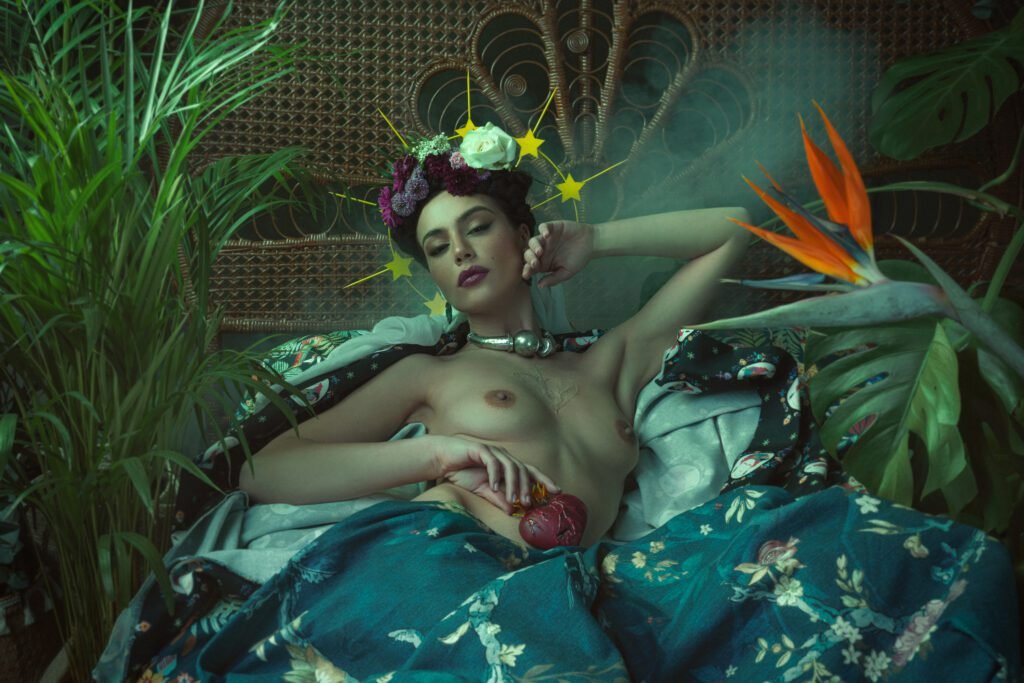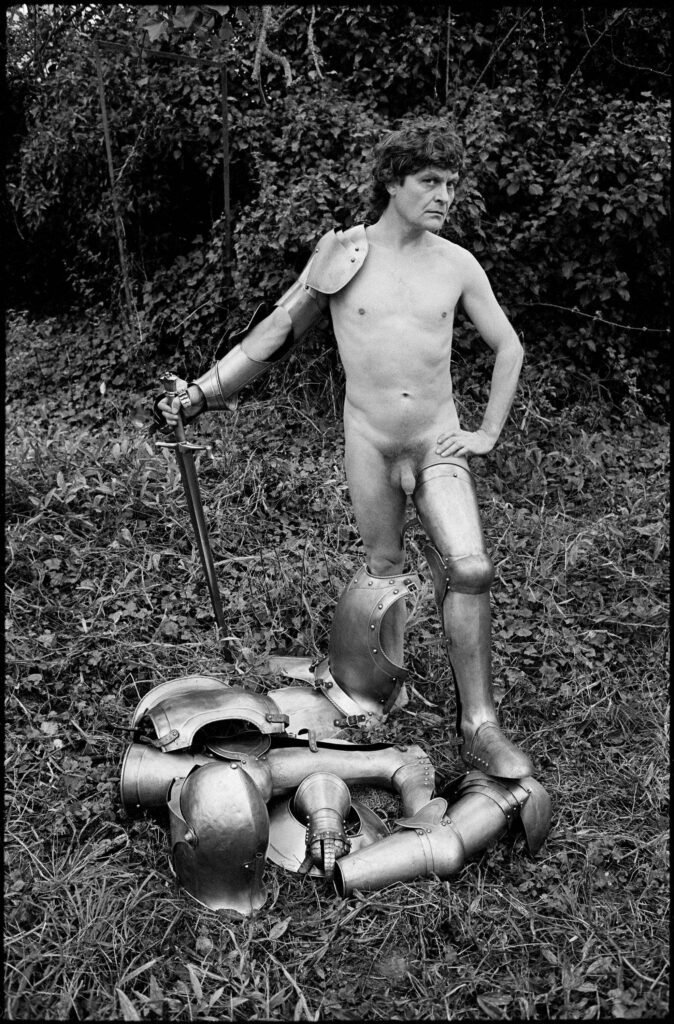Who’s that nude in the living room?
The art project that undress the world to look at it differently
A unique artistic project which are made representing humanity as it is, in its most natural state, its nudity and its diversity.
Few words about this art project
" For over a decade, Idan Wizen has been receiving more than 2500 persons stripped naked for this art project "
“Who’s That Nude in the Living Room?” is a unique artistic project which aims to constitute the largest photographic series ever made representing humanity as it is, in its most natural state, its nudity and its diversity.
Developed by photographer Idan Wizen, this concept of photographic art aims to bring together thousands of models, volunteers of all ages and from all social categories to constitute a huge gallery of portraits of men and women of today who have agreed to show themselves as they are, nude.
These photographs, in their multitude and the originality of each one of them, their dynamism and their naturalness, show to universal human beauty, far beyond the restrictive socio-cultural and aesthetic criteria of our time.
Anyone who poses in his simplest device participates by his own personality, his differences and his particularities in the universality of humankind.
Idan Wizen has chosen to exacerbate the true authenticity of each of his models, breaking their possible masks, exposing through each of them, the simple and nude beauty of human nature.
He also defies the usual criteria of nude photography with his shocking photos, with a strong artistic bias, where the spontaneous provocation of one model can interact with the cheerful and naive expression of another or the modest revelation of a third.
Through the uniformity of the beauty criteria of our society as well as its modes of expression, “Who’s That Nude in the Living Room?” opposes the multitude, the variety, the strength of character, the movement, the surprising and the natural to the state gross of mankind.
Each photo is unique just like its model and never touched up. This inevitably challenges us and creates in us a curious feeling of closeness, of belonging. Because these models are all of us.
Moved or upset by the freshness of a smile, the roundness of a curve, a playful look, a cry of defiance or the fragility of a silhouette, we would like to keep one of these photos with us, the image of a being among the multitude of the human race, a nude in the living room!
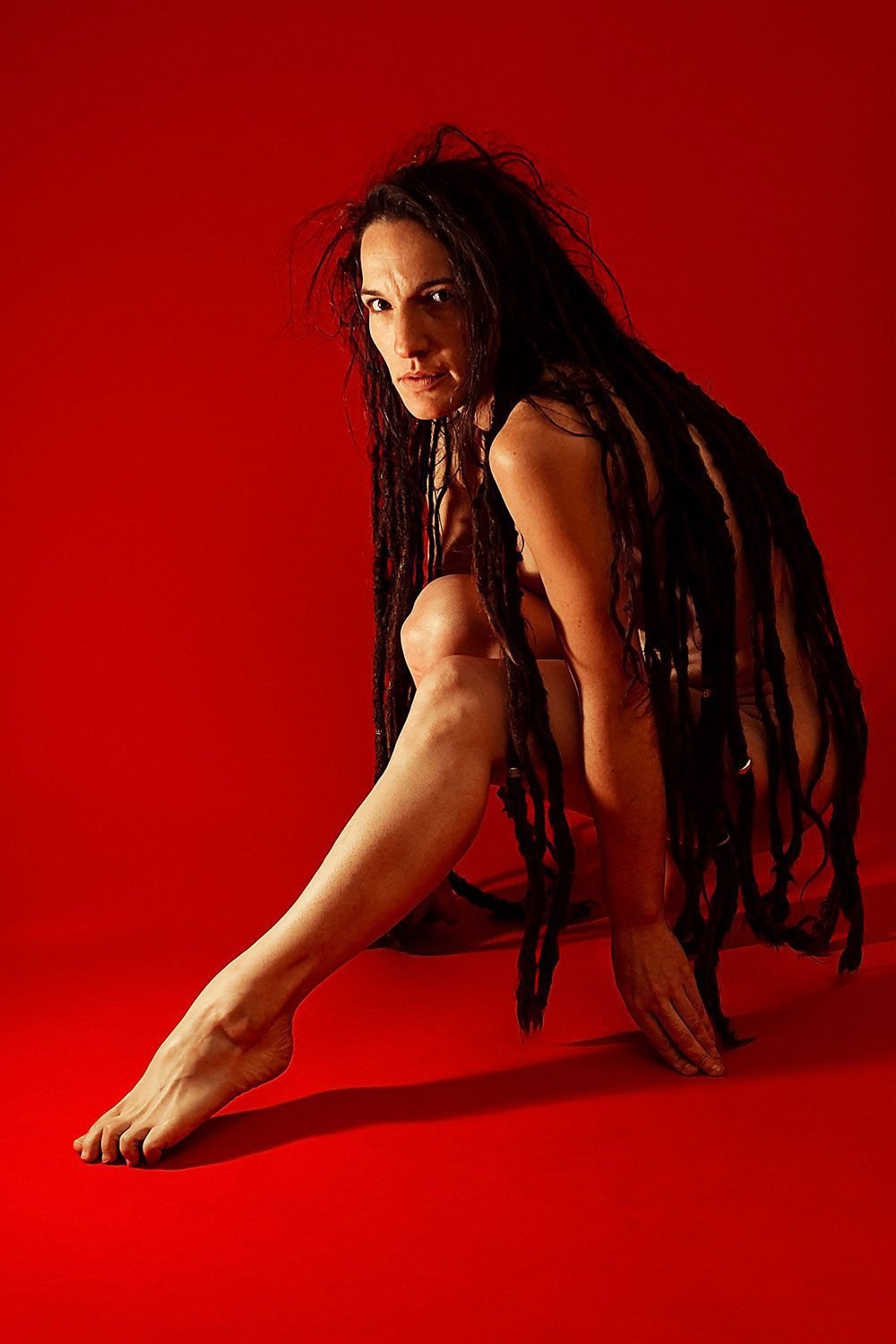
“Who’s That Nude in the Living Room?” is a unique artistic project which aims to constitute the largest photographic series ever made representing humanity as it is, in its most natural state, its nudity and its diversity.
Developed by photographer Idan Wizen, this concept of photographic art aims to bring together thousands of models, volunteers of all ages and from all social categories to constitute a huge gallery of portraits of men and women of today who have agreed to show themselves as they are, nude.
Read More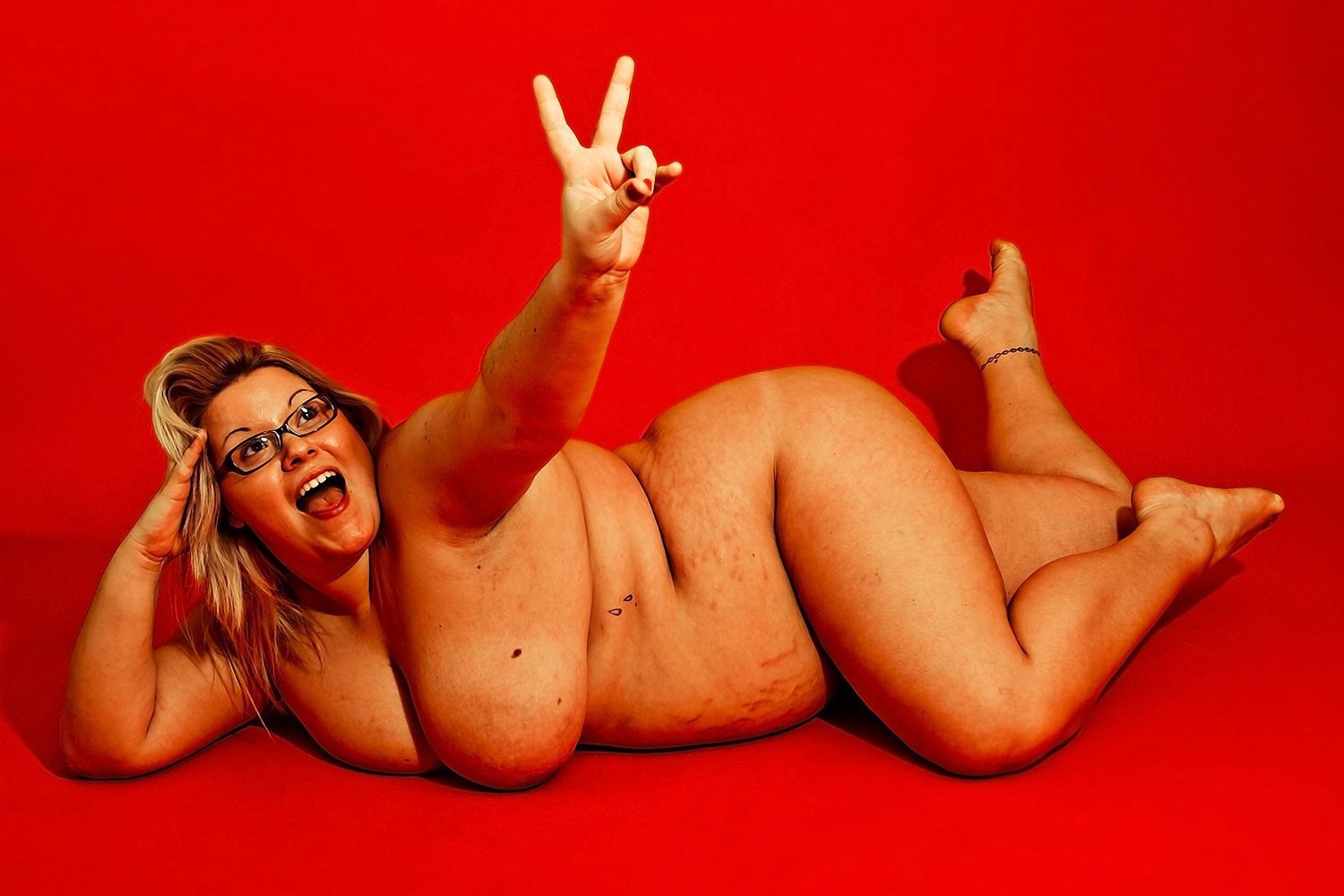
WHAT TO REMEMBER ABOUT THIS ART PROJECT
More than 2500 people
has participate to this project making 2500 artworks. You’ll never find twice the same person.
Zero casting
Everyone can participate because each human is unique and can be a piece of art.
Differents series
Different collections take place, but the meaning is the same representing humanity as it is, in its most natural state, its nudity and its diversity
Uniqueness
Of each person, we keep only one photograph which itself will generally be unique on each size in an edition of 4. Revealed nudity is rare.
Original artworks
Each print is signed and numbered by the artist and founder of the project Idan Wizen.
Collect and support
By gathering different artworks to create a mosaic to show unicity and diversity of humankind, you’re not only buying art, but supporting a view of humanity, a statement.
The style evolves over time but the concept remains the same
The different collections of "Who's that nude in the living room ?"
The style evolves over time but the concept remains the same
[tm_carousel_father theme=”content-over-slider” speed=”4500″ wdo_title_text_typography=”” arrows=”false” dotclr=”#000000″ dotsize=”24″ class=”carrousel_uandls” caption_url=””][tm_carousel_son img_radius=”” image_id=”29323″ img_width=”100%” titleclr=”#0a0a0a” contain_url=”url:https%3A%2F%2Fwww.studio-idan.fr%2Fidan_fine_art_store%3Ffilters%3Dproduct_cat%5Bsingularity%5D”][/tm_carousel_son][tm_carousel_son img_radius=”” image_id=”24126″ img_width=”100%” titleclr=”#0a0a0a” contain_url=”url:https%3A%2F%2Fwww.studio-idan.fr%2Fidan_fine_art_store%3Ffilters%3Dproduct_cat%5Bsanitized%5D”][/tm_carousel_son][tm_carousel_son img_radius=”” image_id=”24124″ img_width=”100%” titleclr=”#0a0a0a” contain_url=”url:https%3A%2F%2Fwww.studio-idan.fr%2Fidan_fine_art_store%3Ffilters%3Dproduct_cat%5Bliberty%5D”][/tm_carousel_son][tm_carousel_son img_radius=”” image_id=”24122″ img_width=”100%” titleclr=”#0a0a0a” contain_url=”url:https%3A%2F%2Fwww.studio-idan.fr%2Fidan_fine_art_store%3Ffilters%3Dproduct_cat%5Bpurity-un-anonyme-nu-dans-le-salon%5D”][/tm_carousel_son][tm_carousel_son img_radius=”” image_id=”24121″ img_width=”100%” titleclr=”#0a0a0a” contain_url=”url:https%3A%2F%2Fwww.studio-idan.fr%2Fidan_fine_art_store%3Ffilters%3Dproduct_cat%5Bartificial-nature-un-anonyme-nu-dans-le-salon%5D”][/tm_carousel_son][tm_carousel_son img_radius=”” image_id=”24118″ img_width=”100%” titleclr=”#0a0a0a” contain_url=”url:https%3A%2F%2Fwww.studio-idan.fr%2Fidan_fine_art_store%3Ffilters%3Dproduct_cat%5Bbackstage%5D”][/tm_carousel_son][tm_carousel_son img_radius=”” image_id=”24117″ img_width=”100%” titleclr=”#0a0a0a” contain_url=”url:https%3A%2F%2Fwww.studio-idan.fr%2Fidan_fine_art_store%3Ffilters%3Dproduct_cat%5Bpandemonium%5D”][/tm_carousel_son][tm_carousel_son img_radius=”” image_id=”24115″ img_width=”100%” titleclr=”#0a0a0a” contain_url=”url:https%3A%2F%2Fwww.studio-idan.fr%2Fidan_fine_art_store%3Ffilters%3Dproduct_cat%5Bwhite-light-district%5D”][/tm_carousel_son][tm_carousel_son img_radius=”” image_id=”24110″ img_width=”100%” titleclr=”#0a0a0a” contain_url=”url:https%3A%2F%2Fwww.studio-idan.fr%2Fidan_fine_art_store%3Ffilters%3Dproduct_cat%5Blost-room%5D”][/tm_carousel_son][tm_carousel_son img_radius=”” image_id=”19692″ img_width=”100%” titleclr=”#0a0a0a” contain_url=”url:https%3A%2F%2Fwww.studio-idan.fr%2Fidan_fine_art_store%3Ffilters%3Dproduct_cat%5Bnevrose%5D”][/tm_carousel_son][tm_carousel_son img_radius=”” image_id=”19693″ img_width=”100%” titleclr=”#0a0a0a” contain_url=”url:https%3A%2F%2Fwww.studio-idan.fr%2Fidan_fine_art_store%3Ffilters%3Dproduct_cat%5Bobstination%5D”][/tm_carousel_son][tm_carousel_son img_radius=”” image_id=”19686″ img_width=”100%” titleclr=”#0a0a0a” contain_url=”url:https%3A%2F%2Fwww.studio-idan.fr%2Fidan_fine_art_store%3Ffilters%3Dproduct_cat%5Barles%5D”][/tm_carousel_son][tm_carousel_son img_radius=”” image_id=”19695″ img_width=”100%” titleclr=”#0a0a0a” contain_url=”url:https%3A%2F%2Fwww.studio-idan.fr%2Fidan_fine_art_store%3Ffilters%3Dproduct_cat%5Bperseverance%5D”][/tm_carousel_son][tm_carousel_son img_radius=”” image_id=”19689″ img_width=”100%” titleclr=”#0a0a0a” contain_url=”url:https%3A%2F%2Fwww.studio-idan.fr%2Fidan_fine_art_store%3Ffilters%3Dproduct_cat%5Bgenesis%5D”][/tm_carousel_son][/tm_carousel_father]Anyone who poses in his simplest device participates by his own personality, his differences and his particularities in the universality of humankind.
Everyone can be a piece of art
The project called Un Anonyme Nu dans le Salon (french for Who’s That Nude in the Living Room?), changes completely the vision of a naked body in society. The models are ordinary people and there is no casting. Oversized or skin-and-bone, midget or a giant, just a regular person from 18 to 99 years old, everyone is welcome. For most of them, the goal is to learn how to love themselves and to correct the disrupted and inaccurate vision of themselves.
The main idea of the project is to pay tribute to the uniqueness and diversity of the human race with its raw and unedited photographs. While fashion and advertising industries commemorate and glorify the perfect Apollonian and Aphroditian bodies, the artist stands aside of these dictates and has the courage to represent something different: a normal living body without any embellishment or beauty touch-ups. By showing his models without pageantry, and without erotism, the artist fights with one stone the growing puritanism and the omnipresence of pornography in our society, extracting at the same time the model from any socio-cultural background
Each photo is unique just like its model and never touched up. This inevitably challenges us and creates in us a curious feeling of closeness, of belonging. Because these models are all of us.
Every photo is unique,
but can you imagine how stong can be a composition with more of them ?
Need some help to choose an artwork?
Do you like the style offered by our gallery? You want something but you don't know what? Let us help you!
Meet Idan in Paris
Idan Wizen welcomes you (Paris 3) to advise you and help you find the photographs and works that meet your expectations.
He will show you the different formats, the different finishes, examples of compositions and their live simulations (triptychs, mosaics, etc.) He will help you in your collection process, whether you are confirmed or a first-time buyer.
Meet Idan in videoconference
You can arrange a meeting by videoconference with Idan Wizen. He will share his screen to advise you and help you find the works that meet your expectations.
It will show you the different formats, the different frames, examples of compositions and their live simulations. (triptychs, mosaics, etc.) It will accompany you in your approach as a collector, whether you are confirmed or a first-time buyer.
A tailor-made selection of art works
We have designed a small form that allows us to collect your tastes, expectations and desires so that we can offer you a selection of works made only for you by Idan Wizen.
Fill it out online and receive a small personalized catalog a few days later. Fast and fun, the form is filled in just a few minutes!
curator's selection
We deliberately choose curators to pick their favorite works and add them to collections based on profound themes we find in our works.. Take a look into the fun themes we’ve compiled and find something specific for you!
A short selection of artworks
From over 2500 from this project
EXPLORE BY COLLECTION
What is a series? A series is a declaration of an idea, story, or deeper sense of meaning behind a collection of photographs. The curation of a series can be made before or after the declaration of said idea. Below you will find collections from our artists that we’ve chosen to showcase, each with their own unique narrative!
- All
- Arnaud Baumann
- Brooke Shaden
- Dina Goldstein
- Idan Wizen
- Louis Blanc
- Manon Deck-Sablon
- Mathilde Oscar
Feeling like being part of the project also?
Everyone is welcome. You can schedule a photosession in Paris
